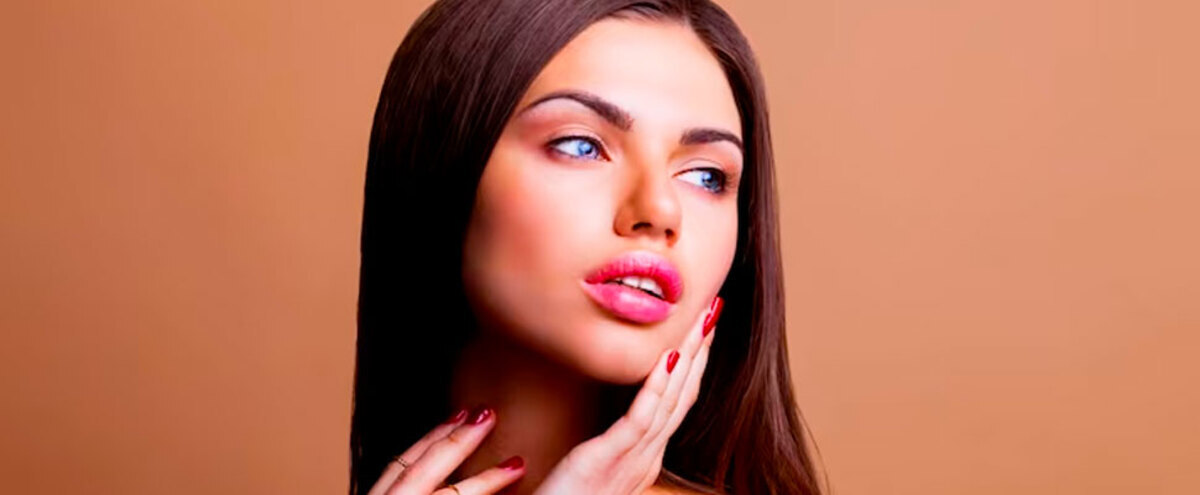Are We Aware That Adopting Beauty Models Reify Us?
This message is associated with eating disorders (anorexia, bulimia, rigid diets), low self-esteem, bullying, psychological disorders, and even suicide, especially in adolescents and young women.

The Woman Post | ALEXANDRA DOMINGUEZ
Listen to this article
Read more content like this at: thewomanpost.com
How many times have we not felt observed, or as we would say in modern times: scanned?
Regardless of social status, profession, or geographical area, we have ever felt more pressure for our physical appearance than for our abilities. This is due to guidelines that society defines itself as ideals and that arrive through misleading advertising (TV, press, billboards, and the Internet).
Pressure towards women is evident from our origins.
In ancient times, being robust was associated with fertility, proof of this is the sculpture of the "Venus of Willendorf" (Paleolithic, 27,500 – 25,000 BC)
In more recent times we find beauty standards that promote perpetual youth. Cleopatra for example was widely recognized and admired for her intellect and her strategies; she dunked in milk to preserve her youth; she used makeup, jewelry, and outfits to highlight her physical beauty.
In China, from 900 to 1911 (more than 10 centuries) we find "lotus feet" as a beauty practice. This consisted of breaking four toes of 4-year-old girls and wrapping them in silk until they were 14 years old, the feet were deformed.
In Japan, at the same time "Ohaguro" was practiced. It consisted of staining female teeth black using lemon and iron sawdust.
This idealization of beauty varies based on the historical period and social reality. Art, painting, and sculpture are means to go through history and demonstrate these standards.
Pale faces, slender figures, free hair, and naked bodies represent "purity" and naturalness typical of the Middle Ages, extended until the Renaissance and influenced by a strong religious presence (Michelangelo, Da Vinci, Botticelli, etc).
Later on, headdresses, wigs, pompous dresses accompanied by very tight corsets that caused fainting and even deformations -to magnify the female figure- make their appearance; the use of makeup and fake mole; intense perfumes (also used to hide the poor hygiene conditions of the time) and ballroom dancing to present themselves in society.
In the Victorian era the prototype of gym machines was born (Dr. Gustav Zander), paleness and fragile women were preferred, with an emaciated face (they drank vinegar) and red and teary eyes (the use of belladonna). Orchards with medicinal plants for beauty treatments arose.
In Africa, a yellowish complexion symbolizes fertility, but beauty standards vary depending on the country or community: the Xhosa (South Africa) paint their faces white, Maasai women (Kenya) paint a large disk around their necks, the "labrets" " or lip plates in the Mursi (Ethiopia), etc. For some communities, the soul is in the hair, which influences the hairstyle or the length.
In the 20th century, technology, wars, emancipation, social struggles, cultural changes, and globalization have driven continuous changes in the perception of the concept of beauty and femininity.
Another phenomenon is the constant obsession with "not getting old". This is intensified according to the social or public role that women play (models, actresses, etc.), to such an extent that some drastically modify their appearance.
In 2022, the lawyer Cheslie Kryst, Miss USA 2019, committed suicide by throwing herself from a skyscraper.
Her reason: low self-esteem from bullying because of her age when she was elected, which undermined her self-esteem. In her farewell letter, she stated that she was afraid of growing old.
In recent years, the woman "with an hourglass body" has prevailed. Thin face (with makeup or discectomy), tiny waist, and voluptuous breasts, hips, derriere, and lips, even at the expense of one's health or a grotesque or unnatural appearance.
It would be important to claim that we inhabit a multicultural and multiracial planet, where our physical characteristics should not settle differences, but contrary to this, advertising messages are continuous and show an "objectified" and instrumentalized woman, with exceptional measurements and perfection that is worth remembering. : is unreachable.
But the most controversial aspect is that when we pass under the clinical eye of criticism, in 95% of cases it is another woman who "scans" us, perhaps we forgot that part of a person's natural process includes aging, the appearance of some white hair and flaccidity; perhaps we forget that motherhood is a beautiful process that can lead to scars, stretch marks, cellulite, and extra pounds.
At the end of the day when we face the mirror we know that it is genuine in our appearance -and not only physical-, and perhaps in that X-ray in front of the mirror we will learn to value ourselves and understand that all the dressings we wear to please others more They add nothing of value to existence itself.
They have turned us into cannon fodder at the service of advertising, and it is up to each one of us to decide whether to abandon criticism and self-criticism to prioritize aspects other than physical overvaluation or follow the standard of instrumentalization and global "reification" and commercial.
To us the decision!




